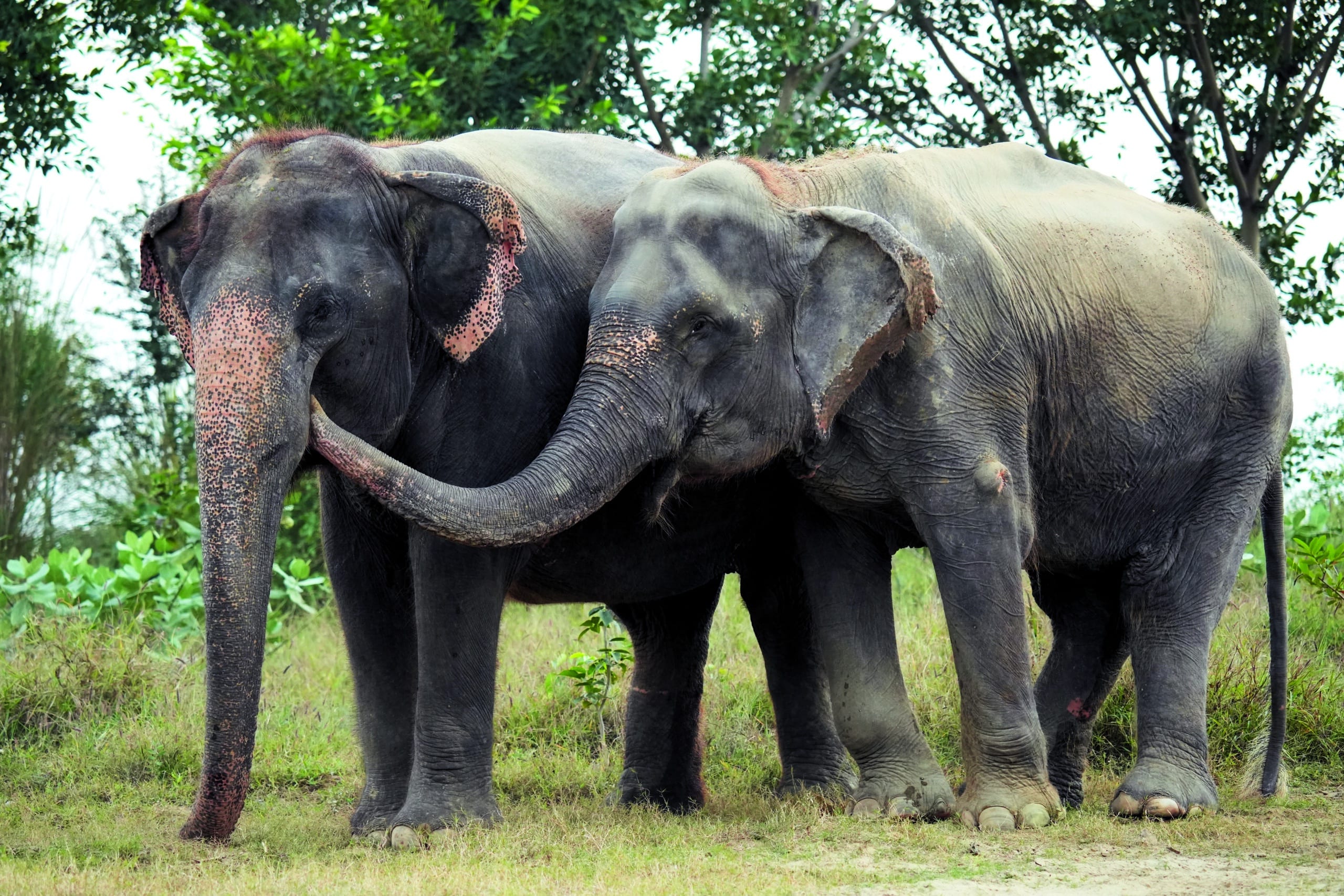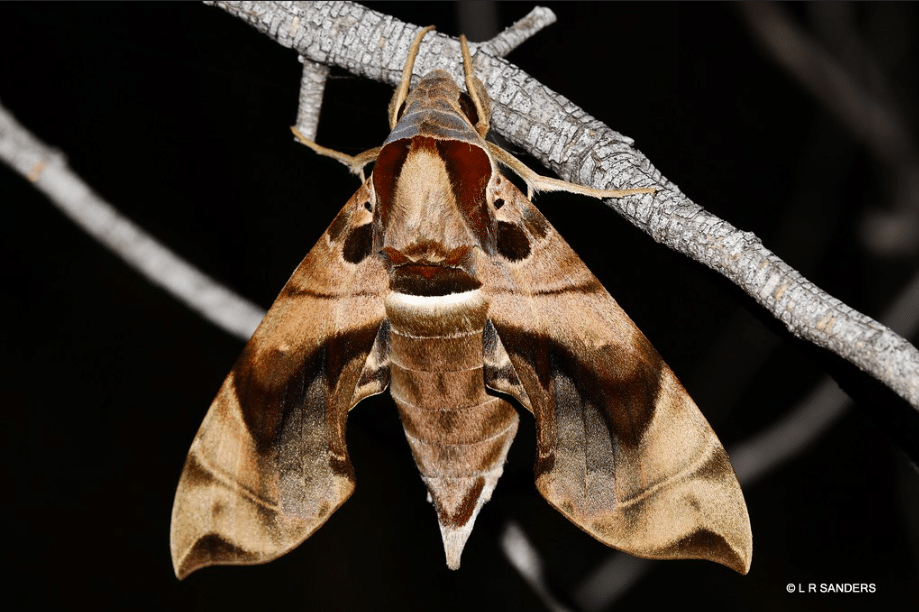You might remember Kalpana—I am happy to report that this year she celebrates her fifth rescue anniversary at Wildlife SOS. Formerly exploited and abused as a ‘begging’ elephant in Uttar Pradesh, Kalpana was rescued in 2019 and brought to the Wildlife SOS Elephant Hospital Campus (EHC) in Mathura for comprehensive...
The requiem shark family, Australia’s pygmy blue tongue sink, glass frogs, the hippopotamus, guitarfishes, and several types of small hammerhead shark are among the species nominations announced this week for listing on the UN treaty that controls trade in endangered wildlife.
The proposals will be considered for adoption at the Conference of the Parties (CoP) to the Convention on International Trade in Endangered Species in wild fauna and flora (CITES) this November in Panama.
Australia has nominated the pygmy blue tongue skink for an Appendix I listing—the highest level of protection available. Due to its small size and brilliant blue tongue, the skink is a popular fixture in the global live pet trade, which is now threatening the remaining native population, found only in limited parts of South Australia. If the listing under Appendix I is successful, the skink will be protected from international trade except in extremely limited circumstances.
Benin, along with other hippo range states, has also proposed an Appendix I listing for the hippopotamus due to a 30% decline in population over the last three generations. Hippos are listed as Vulnerable under the IUCN Red List, and are extensively poached and traded. Sadly, they are traded live as well as via hippo-derived products such as ivory.
Other notable nominations include 54 species of requiem shark. This important Appendix II nomination has been proposed by Panama, along with a wide range of cosponsors, because at least 19 species in the family are under serious threat from the unregulated fin trade. The additional species proposed for listing are being nominated to mitigate difficulties in identifying specific requiem shark species products thanks to a CITES provision that allows for the listing of lookalike species, in addition to the exploitation threats they themselves face.
This includes the blue shark—the most heavily fished shark in the world with up to 20 million caught per year, as well as the Australian blacktip shark, which is a frequently caught species in QLD, NT and WA fisheries.
Costa Rica, along with co-sponsors from around the world, has also nominated for Appendix II listing the glass frog family. These unique tropical amphibians with transparent skin are popular in the exotic pet trade. The international trade in these species is currently unregulated, leaving them vulnerable to illegal capture from the wild and export abroad.
An Appendix II listing means trade in these species must be recorded and regulated, and an exporting country must provide importing countries with a ‘Non-detriment Finding’ that demonstrates the trade does not detrimentally impact a species’ ability to survive. Other marine species such as the not yet listed species of the aptly-named guitarfish family, proposed by Israel, and several species of small hammerhead shark, proposed by the EU, will have their Appendix II nominations debated at the CoP by member nations including Australia.
Lawrence Chlebeck, marine biologist for conservation organisation Humane Society International Australia, says, “It is incredible to see such a variety of species nominated this year for CITES listing. These nominated species are all currently facing serious threats from over-exploitation, and so it is quite a relief to see the global community banding together to consider regulation and, in some cases, outright ban of international trade.”
Every two to three years the CITES CoP provides a unique opportunity to have a direct impact on the protection of species from a global standpoint. Many species nominated for CITES listing are already domestically protected within their native ranges, for example Australia’s own pygmy blue tongue skink, but a successful CITES listing offers collaborative management of species trade between governments around the globe. CITES is therefore integral to any robust plan to protect traded at-risk species.


